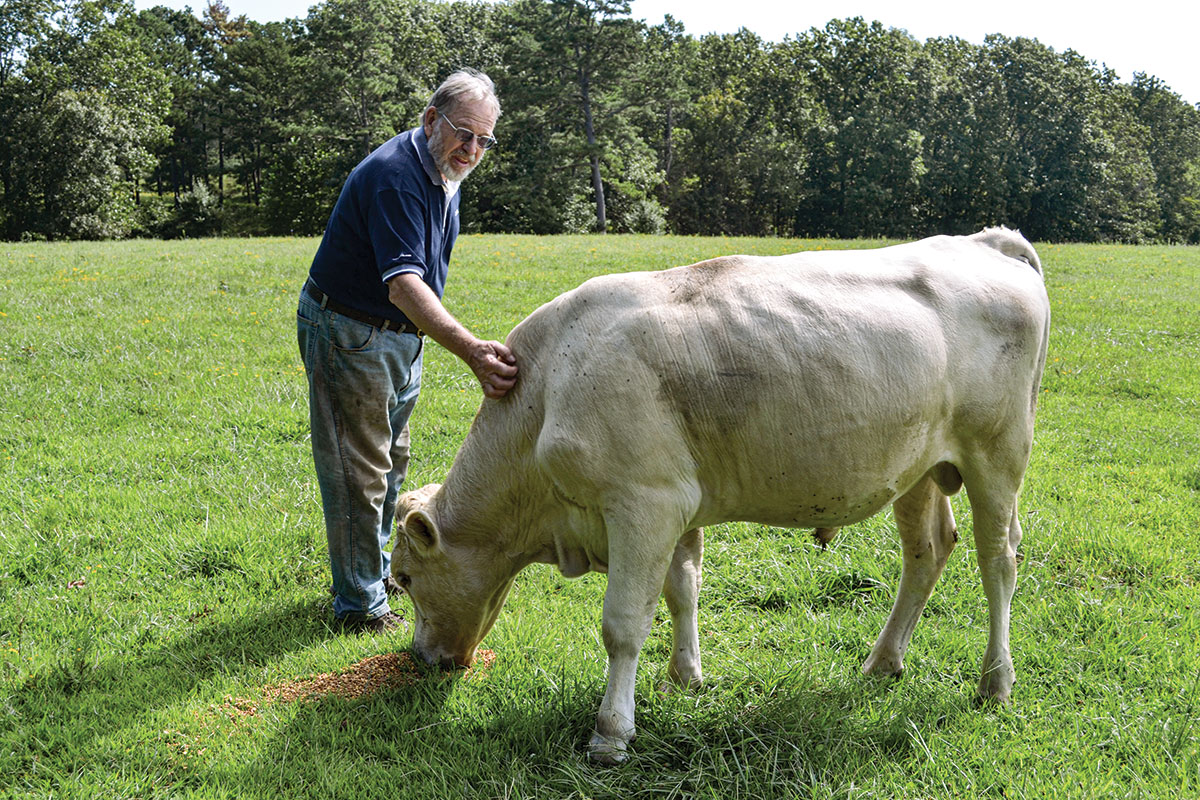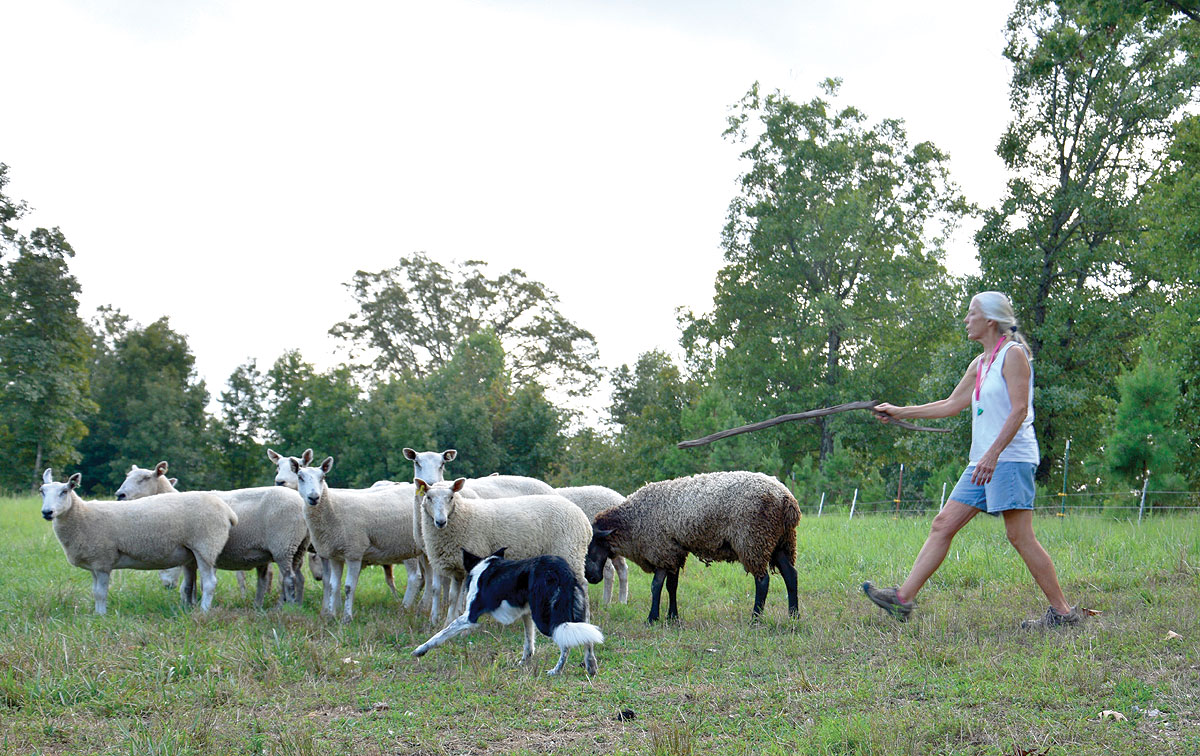
“Each species of livestock has its own little differences,” Scott Kaden explained recently, while standing inside a barnful of bleeting Hampshire and Dorset sheep in Phelps County, a short distance south of Rolla, Mo.
Scott is originally from northeast Missouri, just north of Kirksville, but has lived in Rolla for the past 12 years. He works for the Department of Natural Resources and the Missouri Geological Survey. “I grew up raising sheep, so this is what I know.” He added that his father still has a large operation in northern Missouri, with 100 head and as many as 500 lambs at one time. His father, Ivan, is also a sheep shearer, a skill that Scott readily admitted he can do, but would prefer not to.
Scott and his three children, daughters, Sydni, age 16, and Skyler, age 9, and son, Jordan, age 13, own 20 ewes and 21 lambs, with six new ones on the way, which they keep on 45 acres. All of the children are active in 4-H, and “the majority of the sheep belong to the kids,” Scott laughed. His wife, Brenda, works for Missouri Home Care.
“Probably the thing I like best about sheep, over cattle,” Scott continued, “is that one person can easily handle an animal without any help. If one of them steps on my foot, it’s not going to break any bones and when a couple of them come charging at you in a panic, you’re not going to get knocked down. I can trim their feet, do the lambing, do so much of it myself, and that makes it much easier.”
His children show market and breeding stock at the Phelps County Fair and have also shown them in another nearby county.
“There are sheep raised for their high quality wool and others raised for the meat. The two breeds we raise, the black-faced Hampshires and the white faced Dorsets, and then of course, we’ve got some mixed breed sheep, they’re dual purpose, raised for medium quality wool and meat. The Hampshires are also more for show.” He reached out and caught a ewe named Flower as she ran past, one belonging to his younger daughter. “She had triplets last year and I think she may do that again this year. Twins are common and triplets are not unusual. Quadruplets are rare.
“I sell some of the lambs for butchering to local people who want the meat and the rest go to the sale barn as feeder lambs.”
Old cowboy movies would have folks to believe that sheep and cattle cannot use the same pastures but Scott shared the facts and that simply is not true. Sheep, like goats – as many Ozarks livestock owners have discovered in recent years, make a good combination with cattle, especially with today’s rotational grazing practices.
“My dad and brother run about 80 mixed breed cattle with their sheep up north,” he explained. “They don’t compete for the same type of forage. The best thing is to rotate cattle through a pasture first and then follow them up with sheep. This kind of rotation also helps to break the parasite cycle, since sheep and cattle are affected by different parasites.”
Scott Kaden is pleased to be raising sheep in the Ozarks, sharing a family tradition with his children and passing along what he learned from his father.







